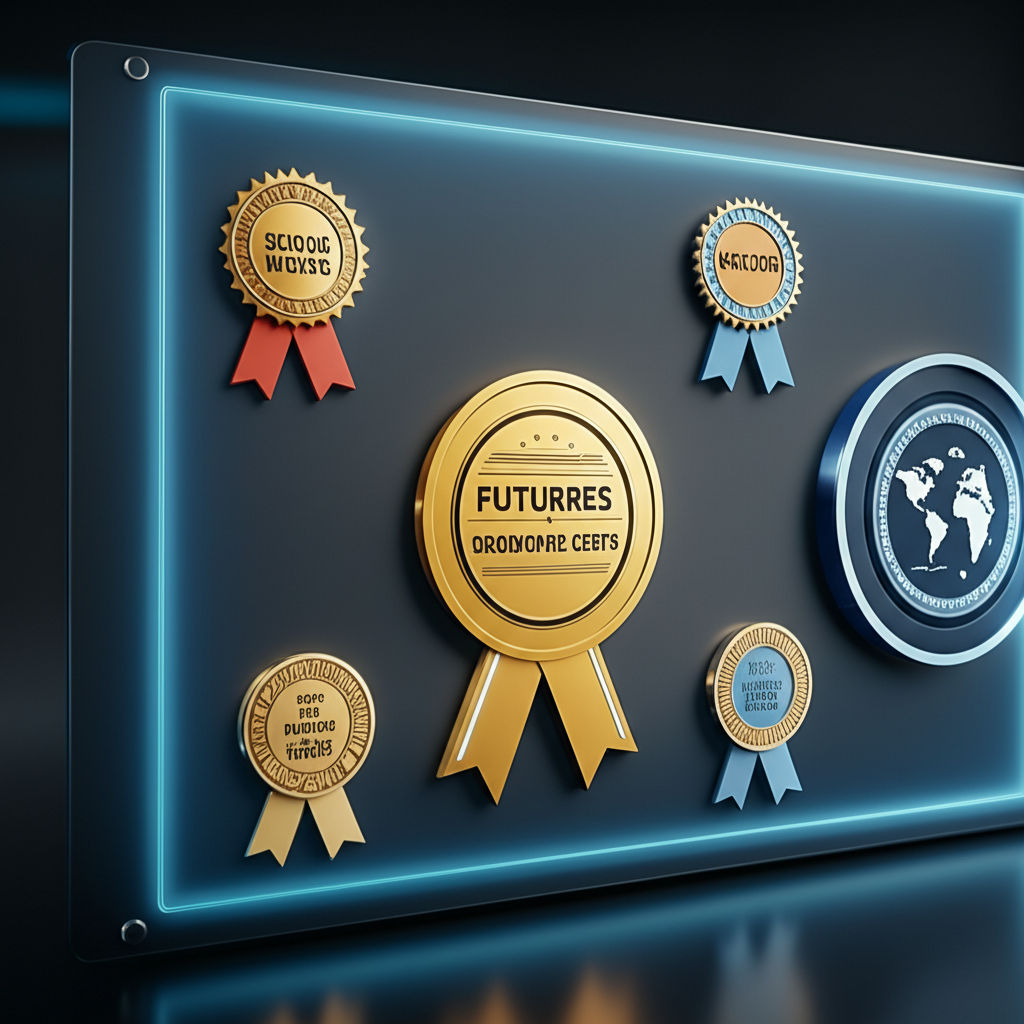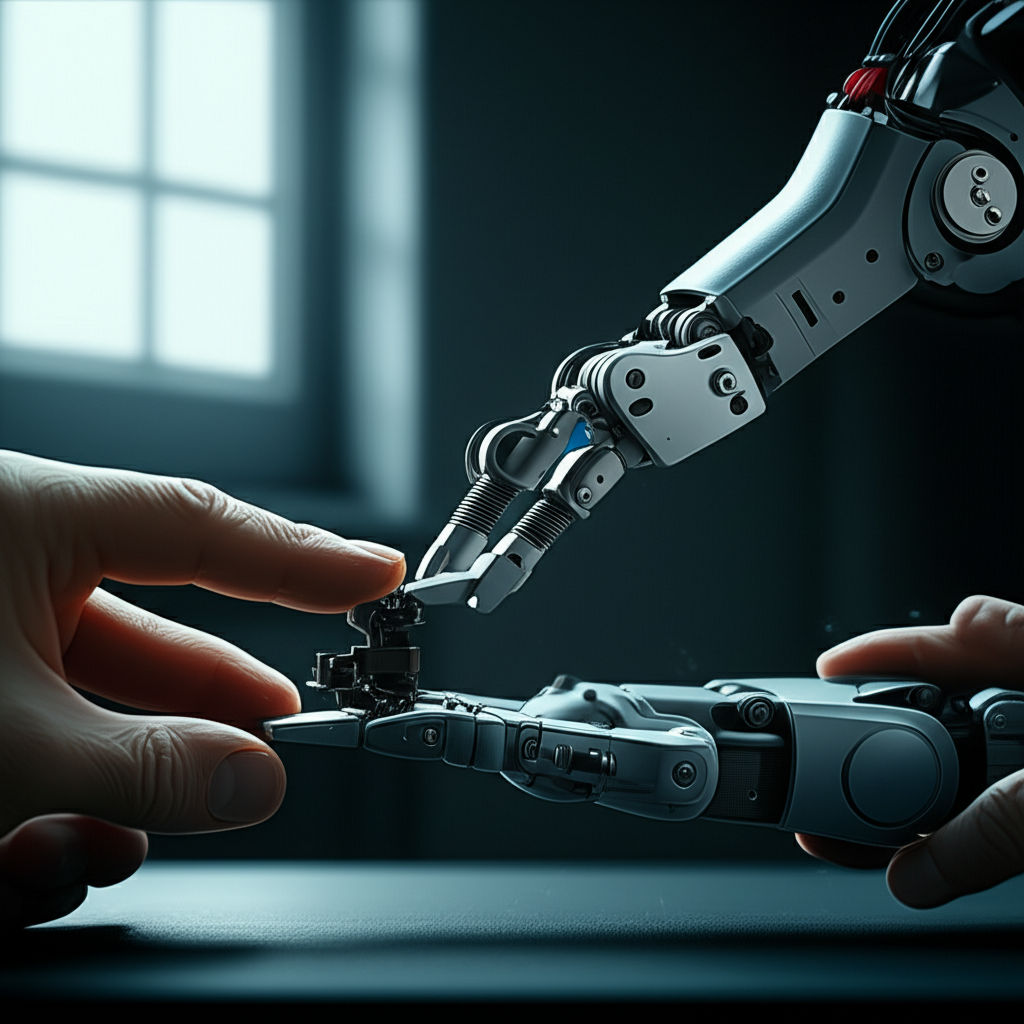Education Achievement Authority's Journey
Emily Willis

Photo: Education Achievement Authority's Journey
The landscape of public education is constantly evolving, driven by an unwavering commitment to foster student success and address the unique challenges faced by struggling schools. In this ongoing quest for academic excellence, various innovative approaches have been explored, each with its own set of aspirations, triumphs, and profound lessons. One such ambitious endeavor was the Education Achievement Authority (EAA), an initiative that aimed to transform the educational trajectory of some of Michigan's lowest-performing schools. Its journey, marked by both fervent hope and intense scrutiny, offers invaluable insights into the complexities of education reform and the persistent pursuit of school improvement.
The Genesis of a Bold Vision: Addressing Educational Disparity
The concept of the Education Achievement Authority emerged from a critical need to address deeply entrenched academic struggles within a specific segment of Michigan's public education system. For years, many schools, particularly those serving urban populations, grappled with chronic underperformance, characterized by low test scores, high dropout rates, and significant achievement gaps. These persistent challenges not only hindered individual student potential but also cast a long shadow over community development and economic prosperity.
Traditional approaches to school improvement often proved insufficient in these highly distressed environments. The scale of the problem demanded a more radical, centralized intervention. The idea was to create an independent entity, the EAA, with the explicit mandate to take over and rapidly improve the state's most academically challenged schools. The underlying philosophy was that a focused, dedicated authority, unburdened by some of the bureaucratic hurdles of traditional districts, could implement swift and decisive changes to accelerate academic turnaround.
The formation of the Education Achievement Authority in 2011 was thus a response to a pressing crisis, a bold experiment designed to inject new life and resources into institutions that desperately needed them. It represented a significant departure from conventional educational governance, sparking considerable debate about the balance between local control and state intervention in the pursuit of student success.
The EAA's Mandate and Ambitious Approach to School Improvement
At its core, the Education Achievement Authority was tasked with a singular, formidable goal: to dramatically improve academic outcomes in the bottom 5% of Michigan schools. To achieve this, the EAA was granted significant autonomy, allowing it to implement a range of strategies distinct from those typically employed by traditional school districts. This autonomy was seen as crucial for rapid decision-making and the swift execution of reform initiatives.
Key aspects of the EAA's operational model and approach to school improvement included:
- Curriculum Overhaul: The EAA emphasized a standardized, data-driven curriculum, often incorporating digital learning platforms and personalized learning pathways. The aim was to ensure consistency in instructional quality and to allow for real-time tracking of student progress. This focus on a robust curriculum was central to their vision for academic turnaround.
- Leadership and Staffing Changes: The Authority had the power to replace principals and, in some cases, rehire or transfer teachers. The belief was that strong, effective educational leadership was paramount to fostering a positive school culture and driving instructional excellence. Recruiting and retaining high-quality educators for these historically struggling schools was a continuous priority.
- Extended Learning Opportunities: Many EAA schools implemented longer school days or academic years, providing students with more instructional time to catch up and accelerate their learning. This extended engagement was a direct response to the significant learning gaps many students faced.
- Focus on Technology Integration: Technology was seen as a powerful tool to personalize learning, engage students, and provide teachers with data to tailor instruction. Digital learning environments were a hallmark of the EAA's approach, aiming to leverage innovation for student success.
- Community and Parental Engagement Efforts: While facing challenges in this area, the **E
Latest ✨
View AllFuture-proof your career with micro-credentials & digital badges. Gain targeted skills fast & stay relevant in a rapidly changing world.
Emily Willis
Navigate PA business info with ease! Use the Pennsylvania Business Entity Search for name availability, due diligence, status checks & competitor research.
Emily Willis
our minds are often overwhelmed with information and stimuli, leading to stress and anxiety. Mindfulness and meditation offer tools to cultivate inner peace and well-being. Mindfulness involves being present in the moment without judgment, while meditation involves focusing attention on an object or thought.
Emily Willis
Safeguard students' digital future! Cybersecurity education is vital to equip them against online threats like phishing, malware, & identity theft.
Emily Willis
Business
View All
June 8, 2025
Process Improvement for Business GrowthStruggling with inefficiencies? Discover how process improvement unlocks sustainable growth, cuts costs, and boosts customer satisfaction. Optimize your operati...
Emily Willis

August 5, 2024
Qualities Needed to Be a Successful Leader: A Comprehensive GuideDiscover the essential qualities required to become a successful leader, from integrity and empathy to communication and adaptability. Learn how to develop these traits to inspire and motivate your team
Emily Willis

June 8, 2025
Startup Funding Options ExploredExplore diverse startup funding options beyond VCs & bank loans. This guide covers bootstrapping, equity, debt, & more to fuel your business growth.
Emily Willis
Economy
View AllIn today's rapidly changing economic landscape, innovation and resilience are more important than ever. Innovation drives progress and competitiveness by creating new ideas and solutions to meet market needs. Resilience helps businesses withstand shocks and bounce back from setbacks by planning strategically and diversifying resources.
Read MoreUnlock the power of Human Capital! Discover why it's the vital asset for the future of work, driving innovation & competitive advantage. Learn key strategies.
Read MoreExplore how tech, AI, and IoT are driving a profound digital revolution, reshaping the global economy, industries, and the future of work.
Read MoreEntertainment
View All
July 4, 2025
Floating Fun CenterDive into delight at Floating Fun Centers! Explore dynamic inflatable water parks packed with slides, obstacles, and endless summer adventure.
Emily Willis

August 4, 2024
Exploring Virtual Reality (VR) in Entertainment: Future Applications and DevelopmentsVirtual Reality (VR) technology is revolutionizing the entertainment industry by providing immersive and interactive experiences that transform audience interaction with content. VR creates simulated environments that allow users to engage with virtual worlds, characters, and narratives in ways that traditional media cannot.
Emily Willis

July 4, 2025
Double the FunDiscover how to "Double the Fun" by amplifying everyday joy and maximizing satisfaction from your experiences. Boost happiness & well-being!
Emily Willis
Health
View Allour minds are often overwhelmed with information and stimuli, leading to stress and anxiety. Mindfulness and meditation offer tools to cultivate inner peace and well-being. Mindfulness involves being present in the moment without judgment, while meditation involves focusing attention on an object or thought.
Emily Willis
A healthy lifestyle is crucial for enhancing overall quality of life in today's fast-paced world. It involves habits such as a nutritious diet, regular exercise, adequate sleep, stress management, and avoiding harmful substances. Benefits include improved physical health, enhanced mental well-being, increased energy levels, better sleep quality, and longevity. Implementing healthy habits gradually, staying consistent, seeking support, and monitoring progress are key steps towards a healthier lifestyle. Prioritizing a healthy lifestyle is not just about adding years to life but about adding life to years, leading to a more fulfilling and vibrant life.
Emily Willis
Regular physical activity is crucial for maintaining long-term health and well-being. It has numerous benefits, including improving cardiovascular health, aiding in weight management, enhancing mental health, strengthening bones, boosting immune function, and promoting longevity.
Emily Willis
Trending 🔥
View All
1
2
3
4
5
6
7
8
9
Lifestyle
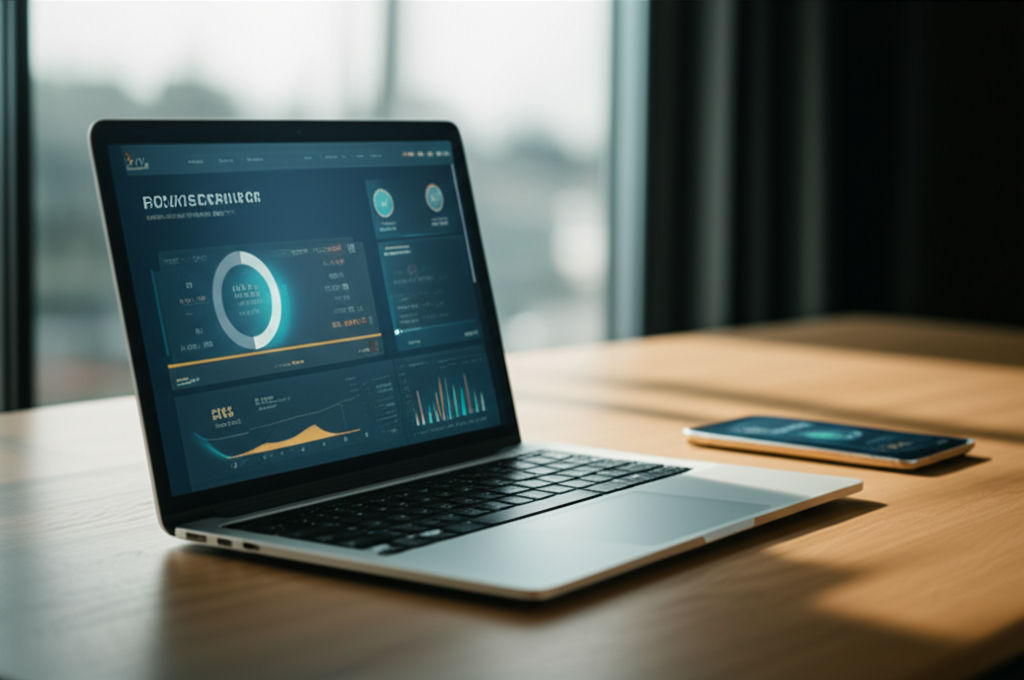


Sports
View AllAugust 5, 2024
Inclusive Playing Field: Creating a Welcoming and Accessible Sports Environment
Read MoreTechnology
View All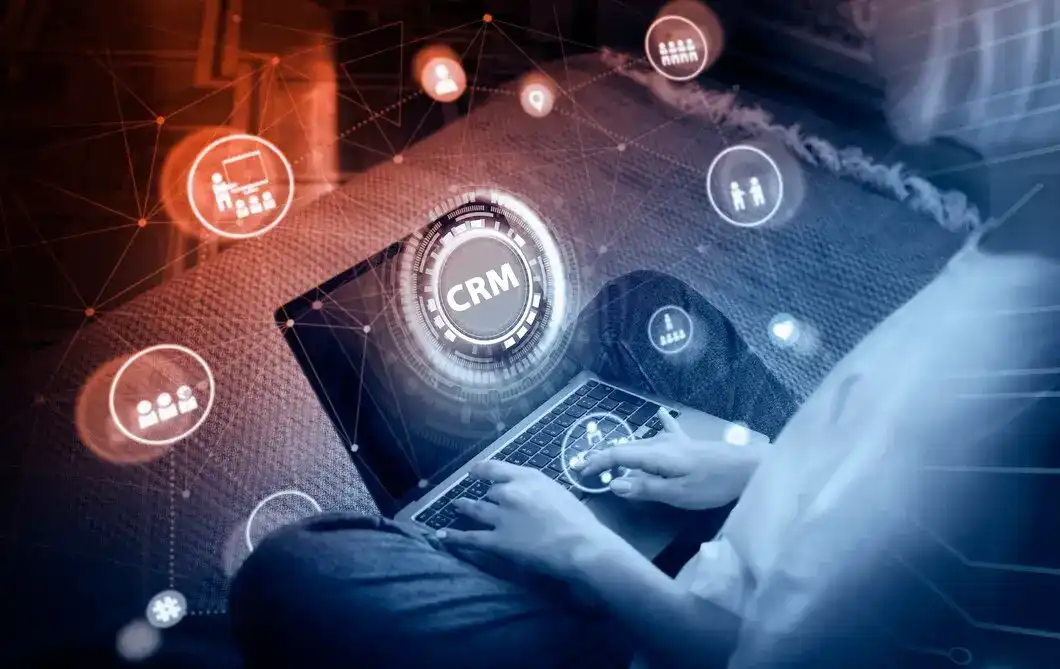
August 5, 2024
Application of IoT in Various Industries
The Internet of Things (IoT) has revolutionized various industries by enabling real-time data collection, analysis, and automation. In manufacturing, IoT has led to smart factories, predictive maintenance, and supply chain optimization. In healthcare, IoT has facilitated remote patient monitoring, smart hospitals, and enhanced patient care.
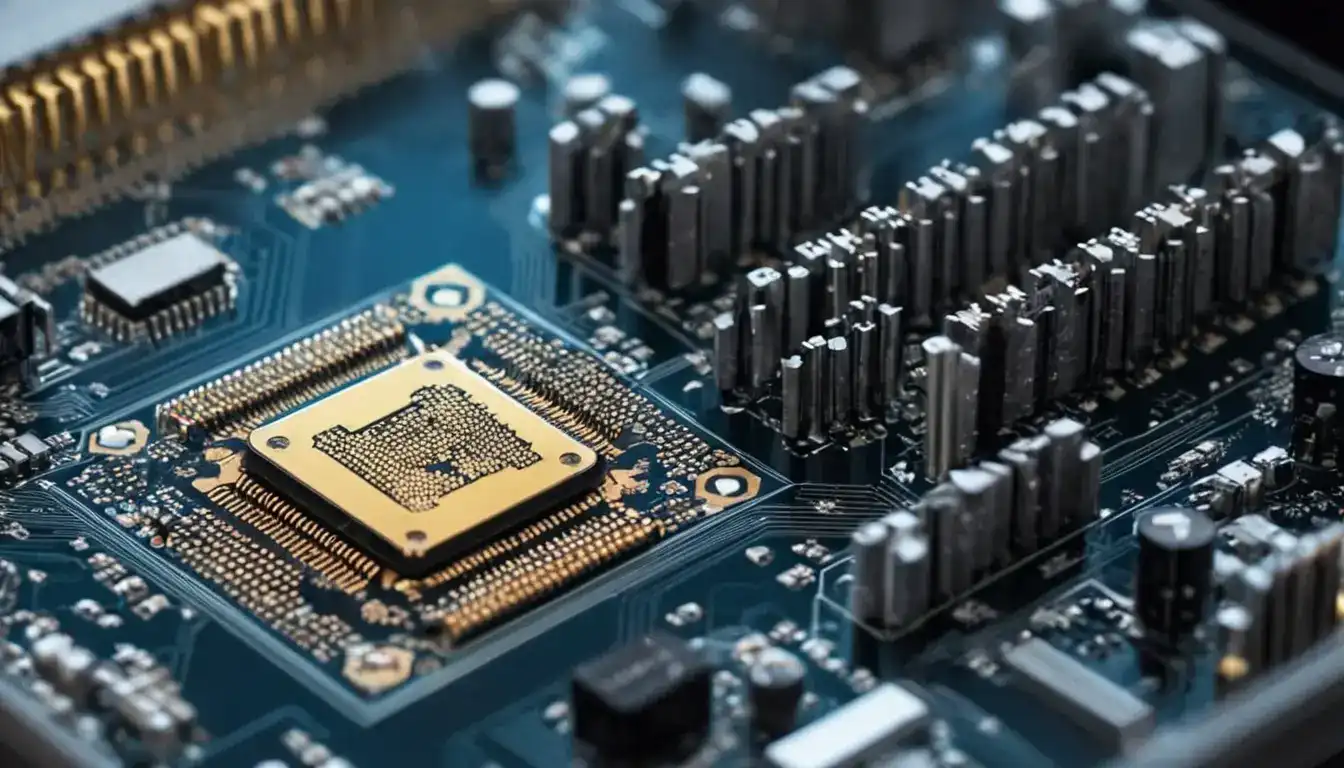
August 4, 2024
Exploring the Potential of Quantum Computing in Modern Technology
Quantum computing is a revolutionary technology that uses quantum bits, or qubits, to process information. It has the potential to solve complex problems, revolutionize cryptography, accelerate drug discovery, optimize complex systems, and enhance artificial intelligence.

August 5, 2024
Top 10 Steam Games of 2024
Discover the 10 best Steam games of 2024 and embark on an unforgettable adventure. From breathtaking open-world epics to thrilling FPS battles, these must-play games will keep you entertained for hours. Get ready to dive into the exciting world of Steam gaming and discover your next favorite game!
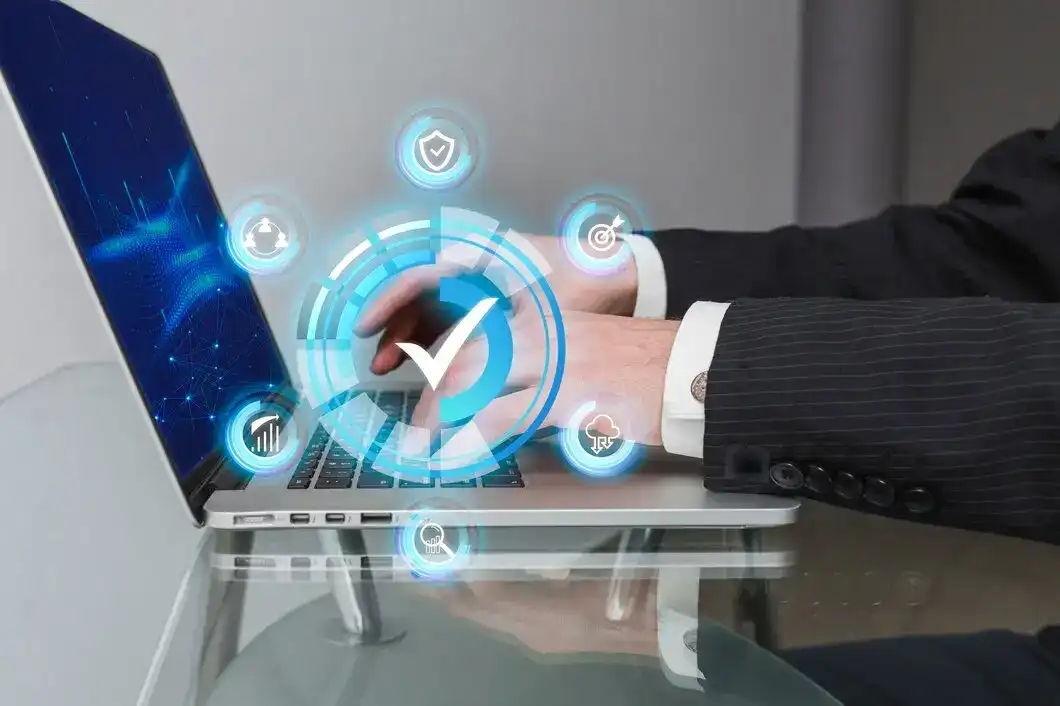
August 5, 2024
Challenges and Opportunities in Implementing IoT Technology
The Internet of Things (IoT) is revolutionizing industries by enabling real-time monitoring, automation, and decision-making. However, implementing IoT technology comes with challenges such as security concerns, interoperability issues, data management, scalability, and cost. Despite these challenges, IoT offers opportunities for operational efficiency, enhanced customer experience, innovation, environmental sustainability, and business intelligence.
